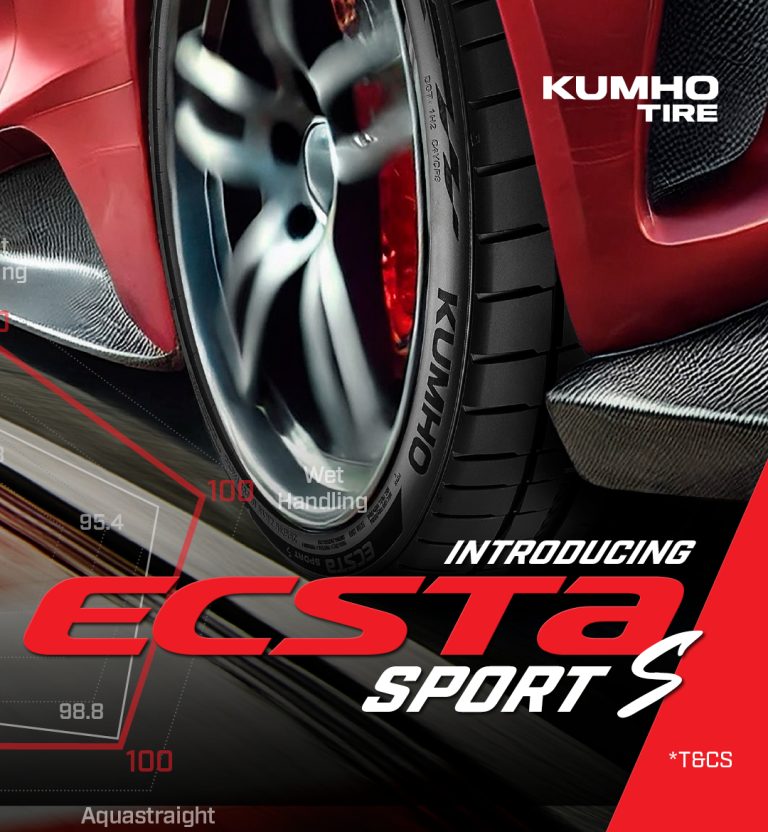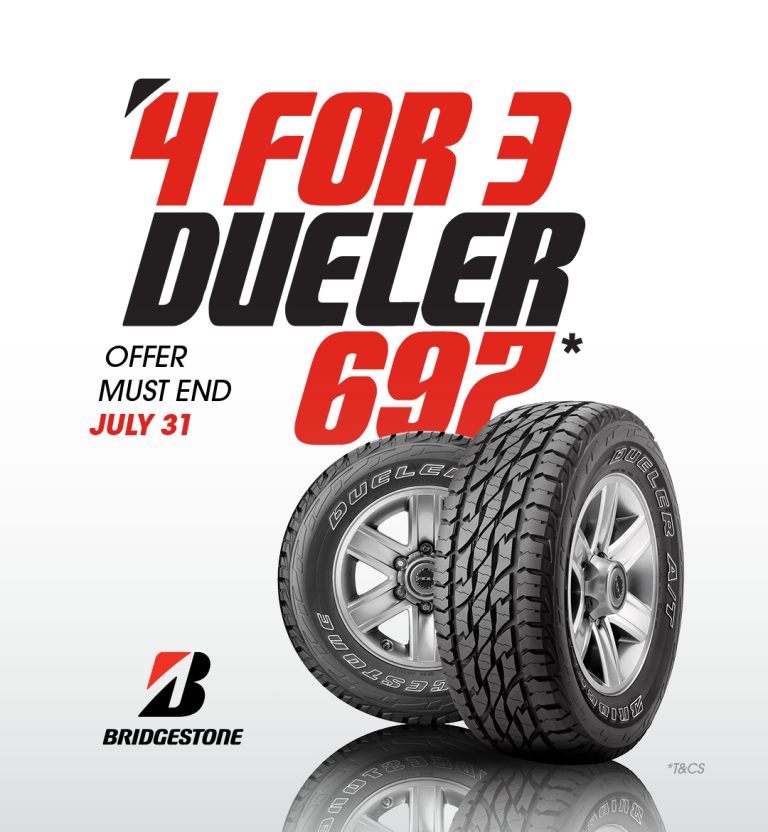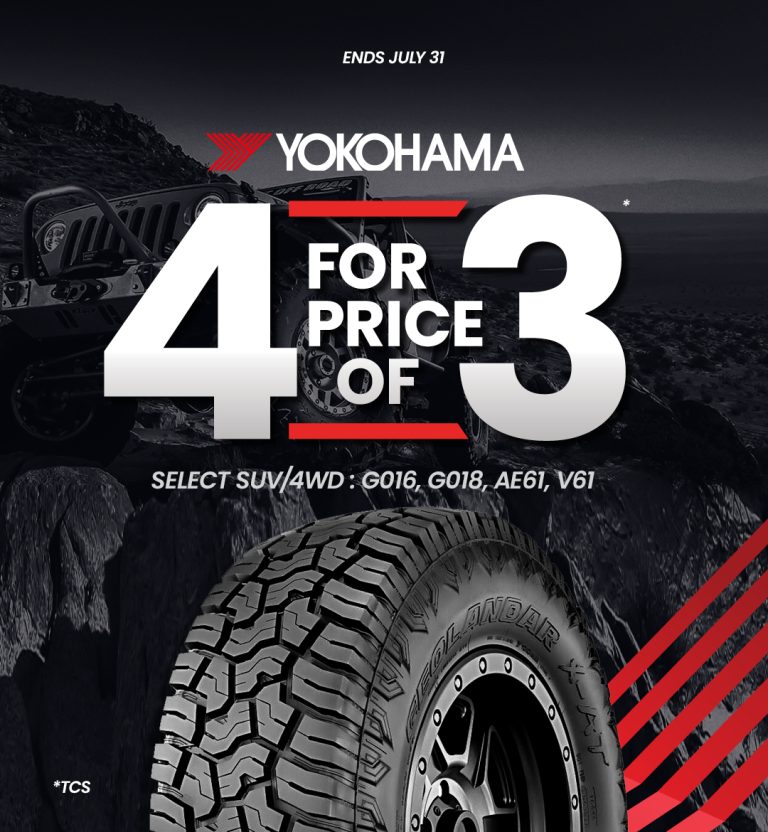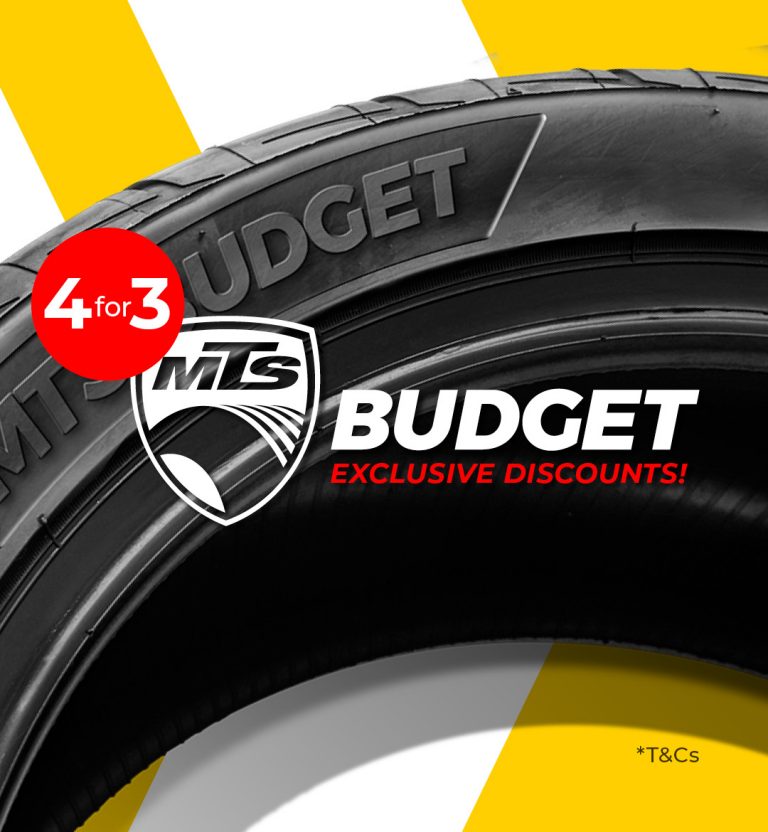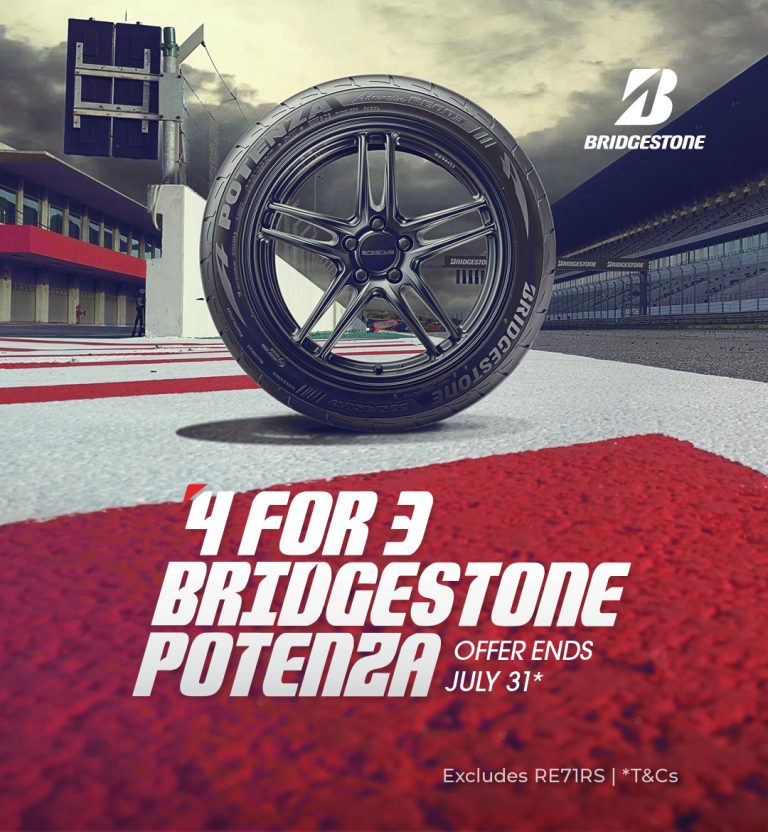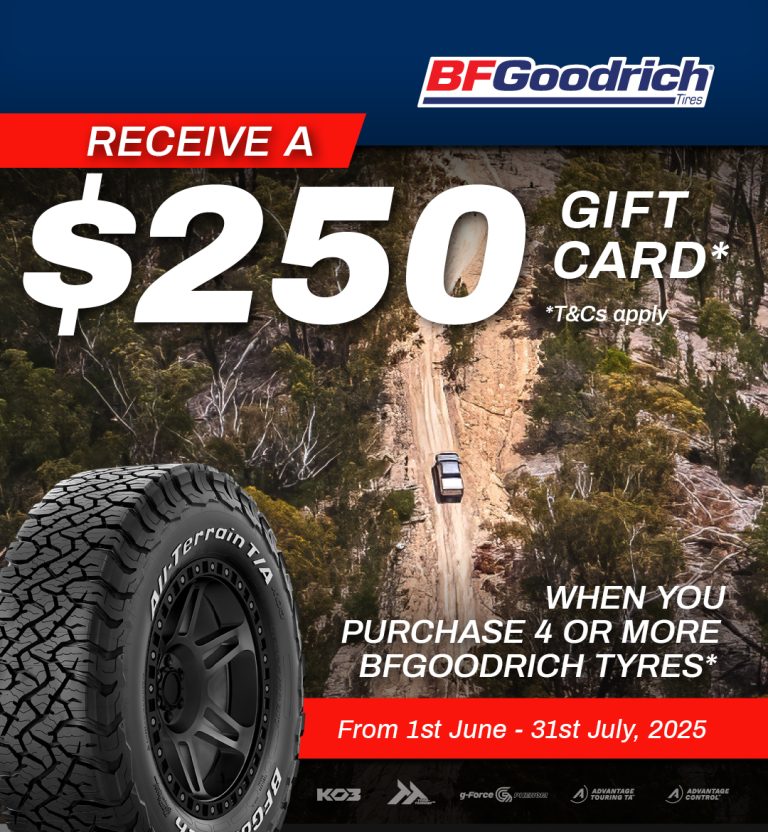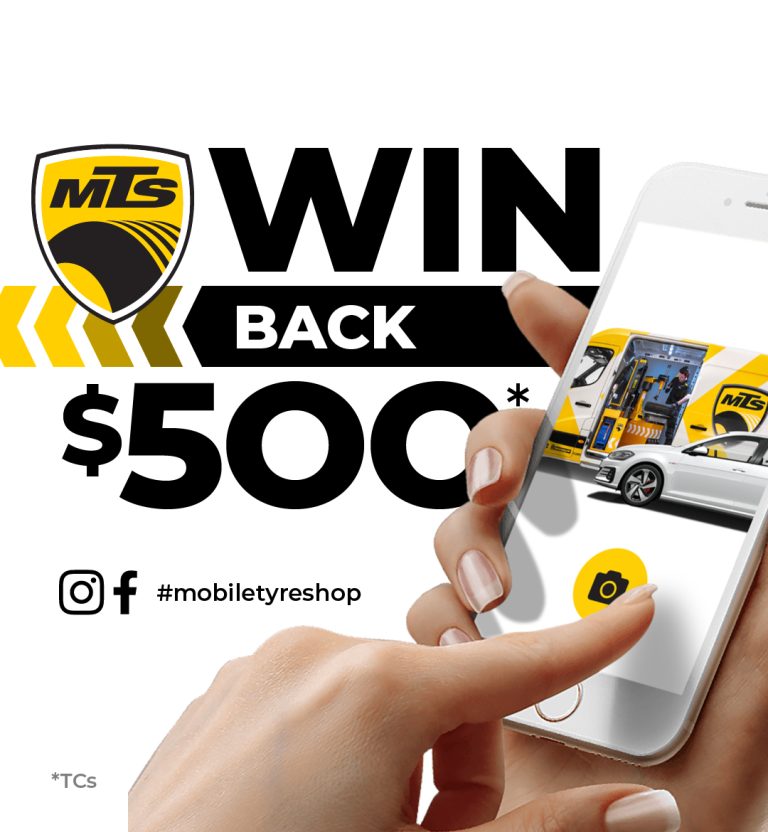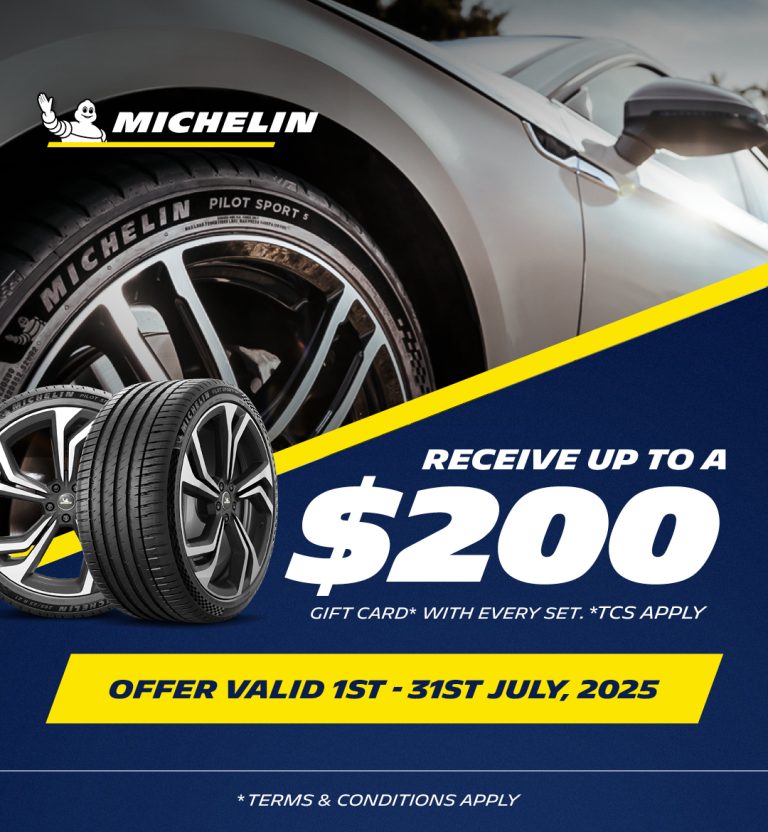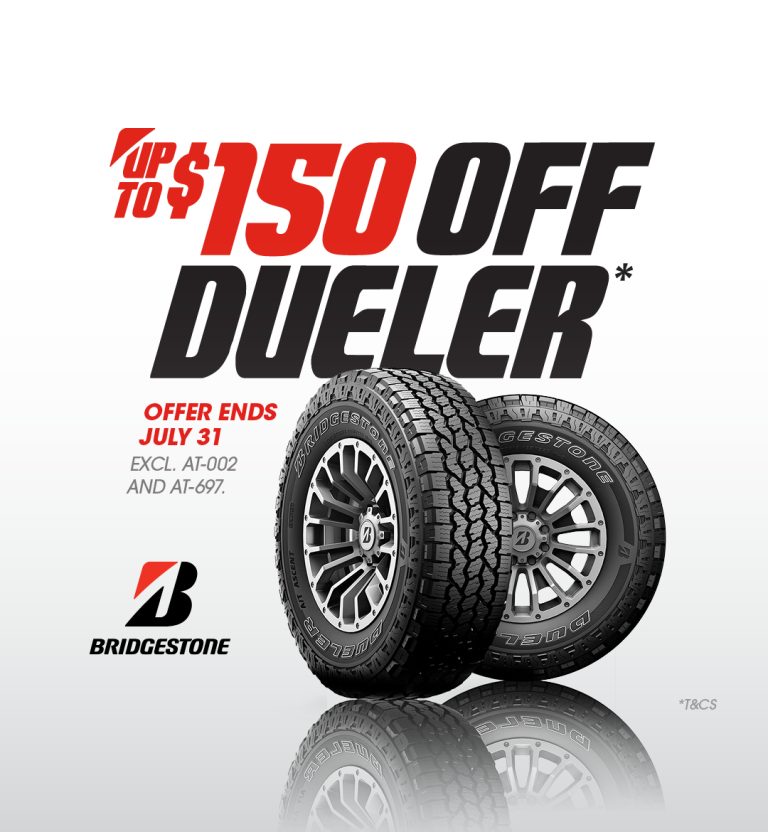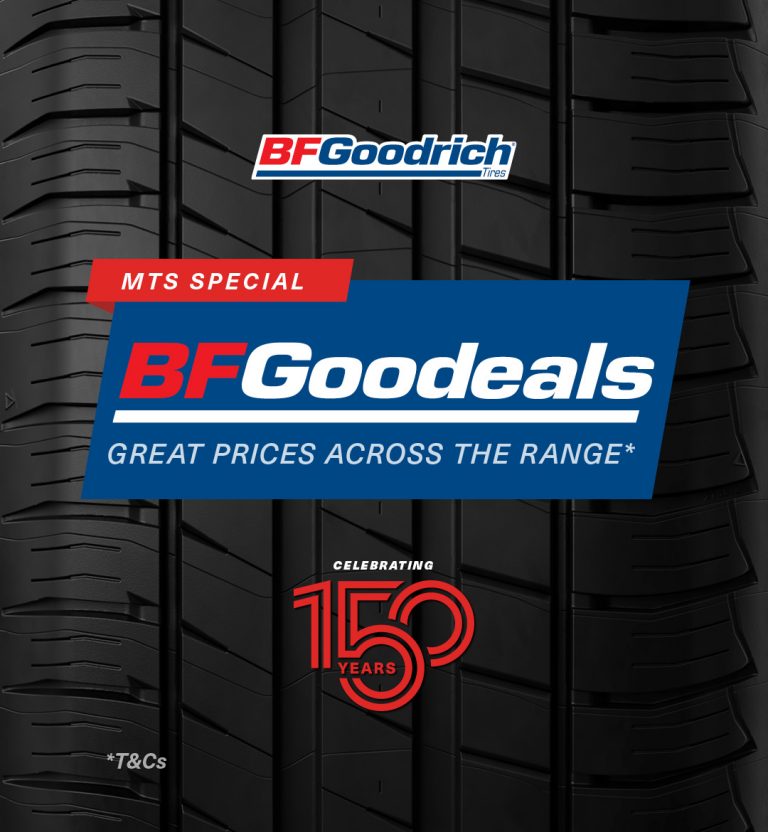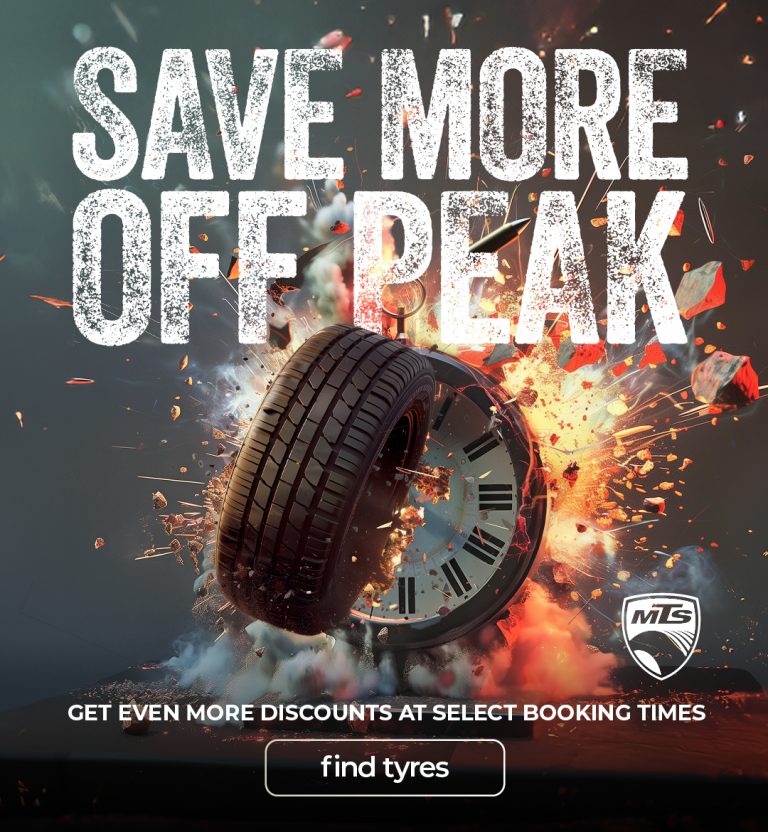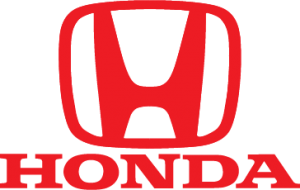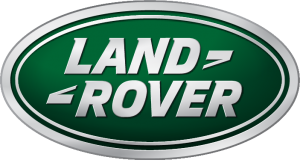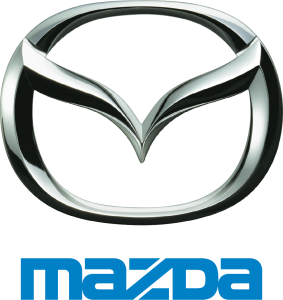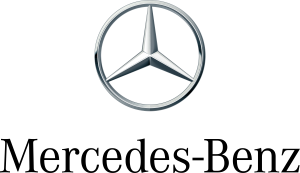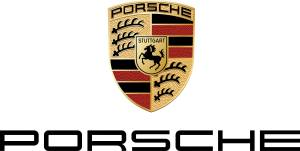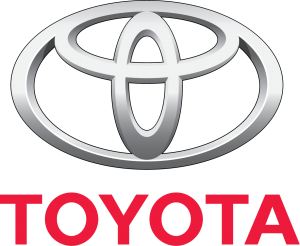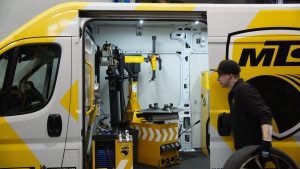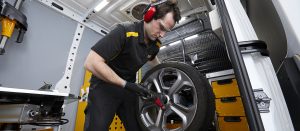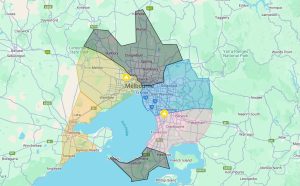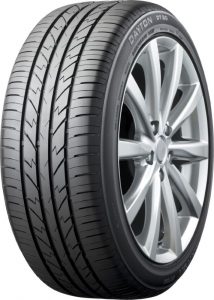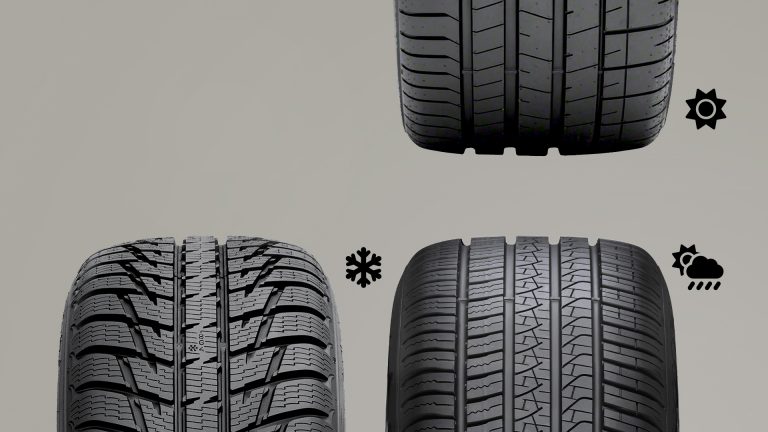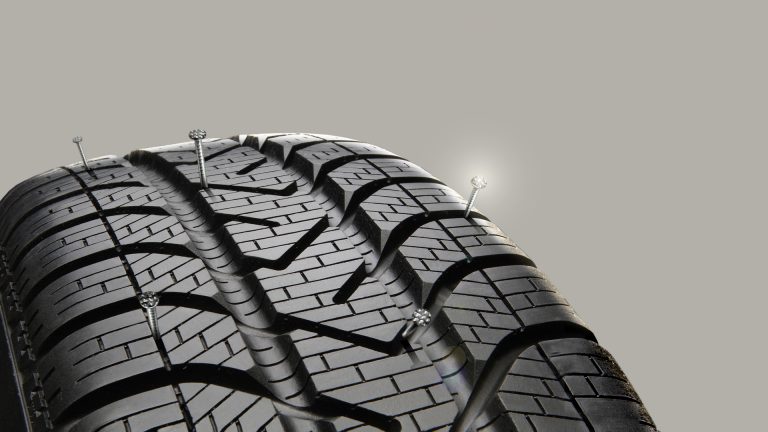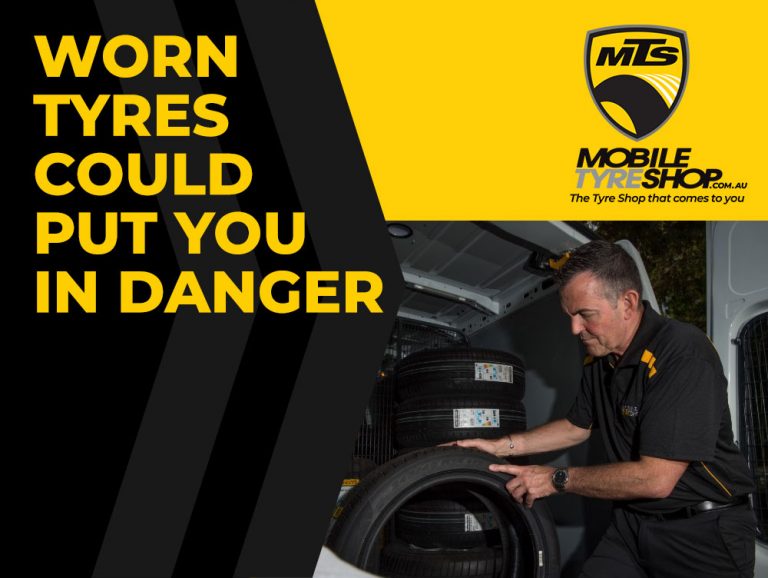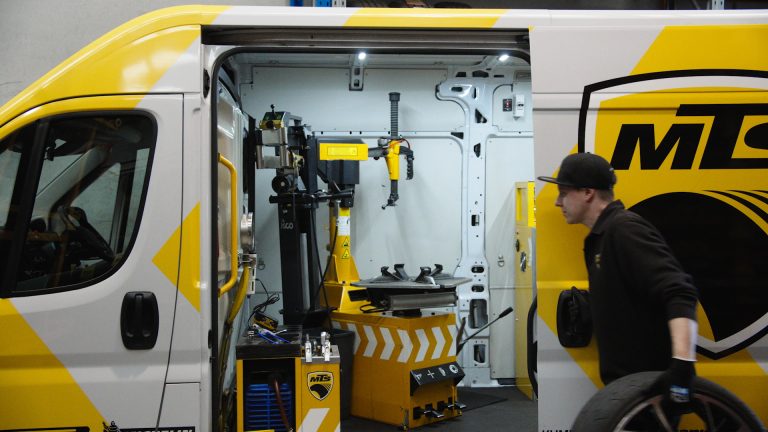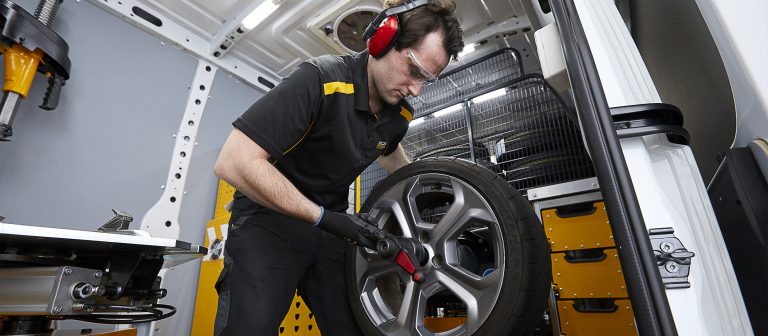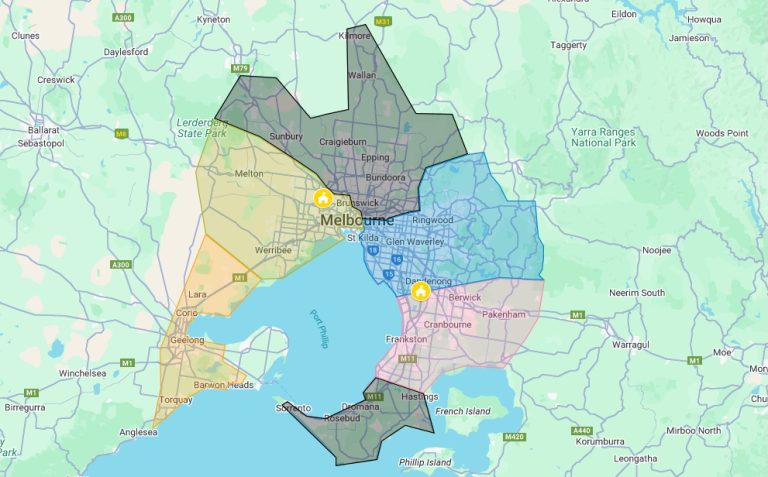01 Jun 2023
Understanding tyre wear
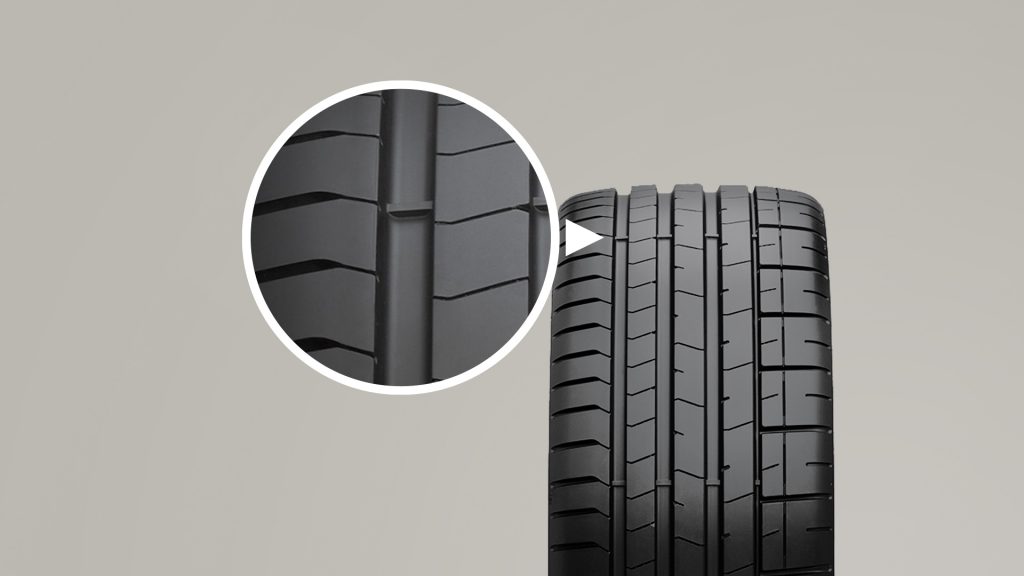
If you’re wondering whether you need new tyres, one of the easiest indicators is tread depth. In Australia, the minimum legal tread depth in Australia is 1.5mm, though this can be hard to gauge. As such, all tyre manufacturers mould a tread wear indicator (TWI) into their product’s grooves to help assess wear and tear easily. When the tread is worn down to the level of the TWI, it’s time to replace the tyre.
It is important to keep in mind that not all tread wear is consistent, or spread evenly across all of your vehicle’s tyres, though. Irregular wear is common, and can happen for all manner of reasons from aggressive driving style to poor driving surface to a mechanical issue with the vehicle, such as a bent wheel or a problem with the suspension. So you should always check all four of your tyres when doing a tread wear inspection. Click on the following links below to learn more about:
- When Should You Replace Your Tyres
- 4WD Pressure Guide
- Tyre Load Rating Guide
- Dangers of Using Worn Out Tyres
Here are a few other forms of tyre wear that you should keep an eye out for.
Rapid Wear
Despite being made to last a minimum of 10,000kms, modern tyres have been known to wear quickly over a short period of time. It can be either because of driving at high speeds, overloading the vehicle, having a wheel alignment issue or just driving on uneven surfaces.
Abnormal Rapid Wear
Abnormal rapid wear is notable because it occurs on the side of the tyre. It can be caused by an issue with the wheel alignment, the vehicle’s suspension, or driving on a sloped or grooved surface. This can be very dangerous as it can lead to a severe puncture.
Sloped Wear
Sloped wear occurs when the tread on one side of the tyre is worn down more than the opposite side. Wheel alignment is the usual culprit for this, however misaligned or faulty suspension can also be the cause.
Rounded Wear
When the edges of a tyre are worn down more than the middle of the tyre, this is known as rounded wear. This can happen when a vehicle is overloaded or is driven on sloped surfaces. Given that a tyre’s performance is determined by the size of its contact patch (the area of contact between the rubber and the road), you can safely assume that rounded wear is adversely affecting the handling and safety of your vehicle if you have it.
Centre Wear
Centre wear is the opposite of rounded wear (and presents as its name suggests). It is quite common and is regularly caused by over-inflating the tyre, driving at high speeds, or having a wheel alignment issue.
Because a tyre rotates thousands of times every trip, damage to the rubber surfaces are usually tyre-wide when it occurs. However, there are a few instances where damage can be far more localised on the tyre and harder to spot and assess for the driver. Here are a few of the things you should look out for:
Tread Damage
The grooves and raised sections on a tyre’s surface make up the tread pattern. If some of the pattern has been disrupted, damaged or altered, this can impact how a tyre performs (particularly in the wet or at higher speeds) and makes it morew susceptible to punctures and blow outs.
Tread Cut
A more specific from of tread damage, tread cut is where a straight or jagged cut is made in the tread of the tyre and usually occurs after hitting a hard or sharp object on the road. Tread cut can be hard to spot and may seem of little concern when the tyre is stationary, however at speed, as the tyre warms up (through friction on the road surface) the cut can expand and open up, weakening the tyre and making it more susceptible to punctures.
Flat Spot
This is where an area of the tyre’s tread is significantly more worn down than that of the surrounding areas, This can occur from breaking too hard, or the vehicle being parked in the one spot for too long.
Tread Aggressions (Cut Chip)
Small chips or pieces of rubber have been known to be severed from the tread of the tyre. This tyre of damage will usually occur from driving on rough surfaces or hitting sharp objects.
Tread Aggressions (Scaling)
Scaling is when a tyre looks like it has been worn away in large, flat pieces and can occur when driving at high speed or on rough surfaces.
Tread Tearing
Similar to a tread cut, tread tearing is when tyre itself has a fault and the surface pulls apart. This is more likely to happen to a tyre that has been re-treaded vs a new tyres made by Australia’s leading brands.
Tread Crazing
When small cracks or crazing appears in the tyre’s tread, this is called Tread Crazing and can occur after driving at high speeds or on rough surfaces.
Crown Shock
Lastly, we have Crown Shock, which is a tread damage that occurs in the centre of the tread pattern (also known as the crown of the tyre). An irregular impact, a sharp object or even a pothole out of the blue can lead to crown shock.
To this point, it should be noted that the majority of tyre wear we have outlined occurs on the running surface of a tyre. However damage to the sidewall (both inner and outer) of a tyre can also occur. This can impact the stability and handling of the vehicle and make it more susceptible to punctures and blowouts.
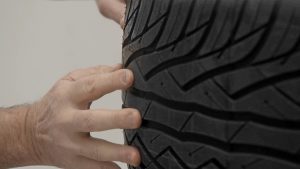
Below are the different types of sidewall damage.
Circumferential Wear (Ground Contact)
Circumferential Wear and Ground Contact refers to wear along the outer ring of the tyre and is a sure bet of you plan on driving on a tyre that is under-inflated.
Sidewall Over Deflection
Sidewall deflection is when the sidewall bulges under load or due to not being inflated fully. Particularly on 4x4s, sidewall deflection is good as it allows your tire to form nicely around obstacles like roots and rocks, and in turn improves traction and creates a smoother ride. However, over-deflection can be bad for a tyre and may lead to the sidewall coming into contact with the road or a sharp object and puncturing.
Sidewall Cut
A Sidewall Cut is a straight or jagged cut in the sidewall of the tyre. It could happen from hitting a sharp object on the road (or through the tyre experiencing over-deflection).
Pinch Shock (Kerb Pinch)
This refers to when the sidewall of the tyre has been pinched between the wheel and the kerb. It can also be caused by driving too close to, or hitting, a pothole.
Sidewall Crazing
Sidewall Crazing is when small cracks or ‘crazing’ appears on the sidewall of the tyre. This can occur from driving at high speed or on rough surfaces, however it may also be a sign that your tyre is too old and that the rubber is perishing.
High Pressure Spray Damage
High Pressure Spray Damage can occur when driving in wet conditions. At high speed, or in extreme weather, water can ‘jet’ into the sidewall of the tyre and compromise its structural integrity.
If your vehicle is not handling as well as usual, or if your tyres appear misshapen, damaged or compromised in any way, it is always safest to inspect them all thoroughly. We hope the above list of things to look out for has been informative and helpful.
That’s why at Mobile Tyre Shop, we stock a range of tyres that are best suited for your vehicle. Shop a range of:
The team at Mobile Tyre Shop are fully trained to recognise tyre wear and damage and are always happy to advise you.
Please remember that if you are ever in any doubt about the state of your tyres, at the very least. you should have an expert inspect them, though you may prefer to have them changed completely. At Mobile Tyre Shop, we stock a comprehensive range of great brands at great prices. All you have to do is simply choose your tyres online or over the phone with our tyre specialists, and we’ll come to you and fit your tyres. Shop today or call us or more information. We offer the most convenient and state-of-the-art tyre service in Australia, servicing all major areas 7 days a week. Click below to find your nearest Mobile Tyre Shop:
VIC – Melbourne
NSW – Sydney, Central Coast, Wollongong
QLD – Brisbane, Sunshine Coast, Gold Coast
SA – Adelaide
WA – Perth


